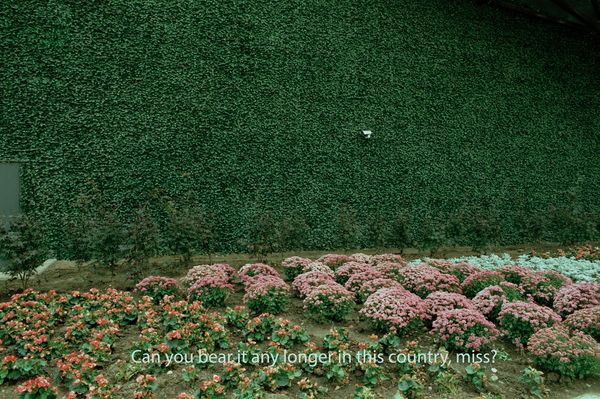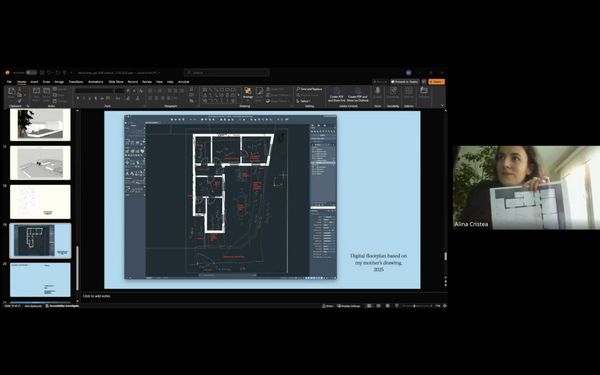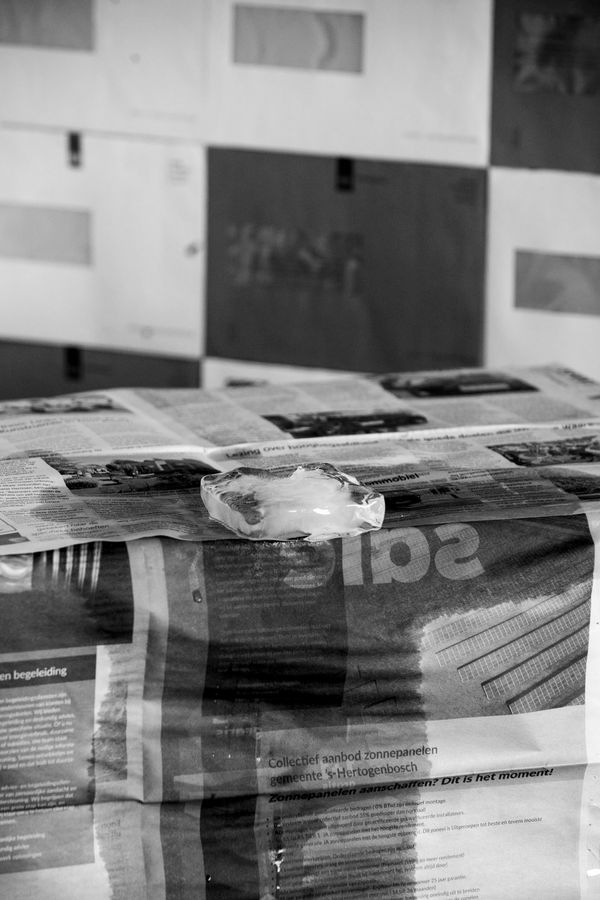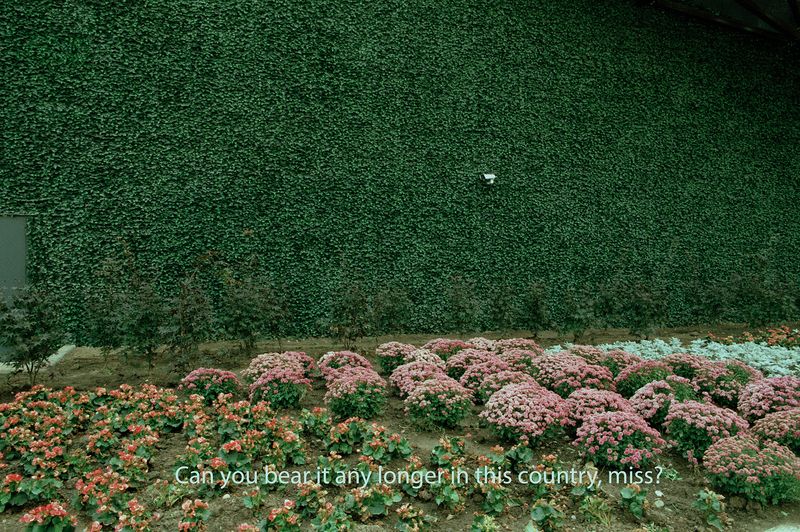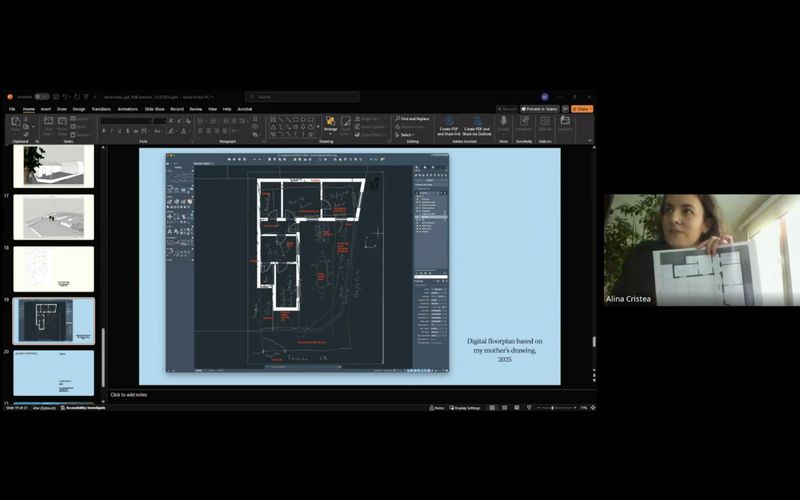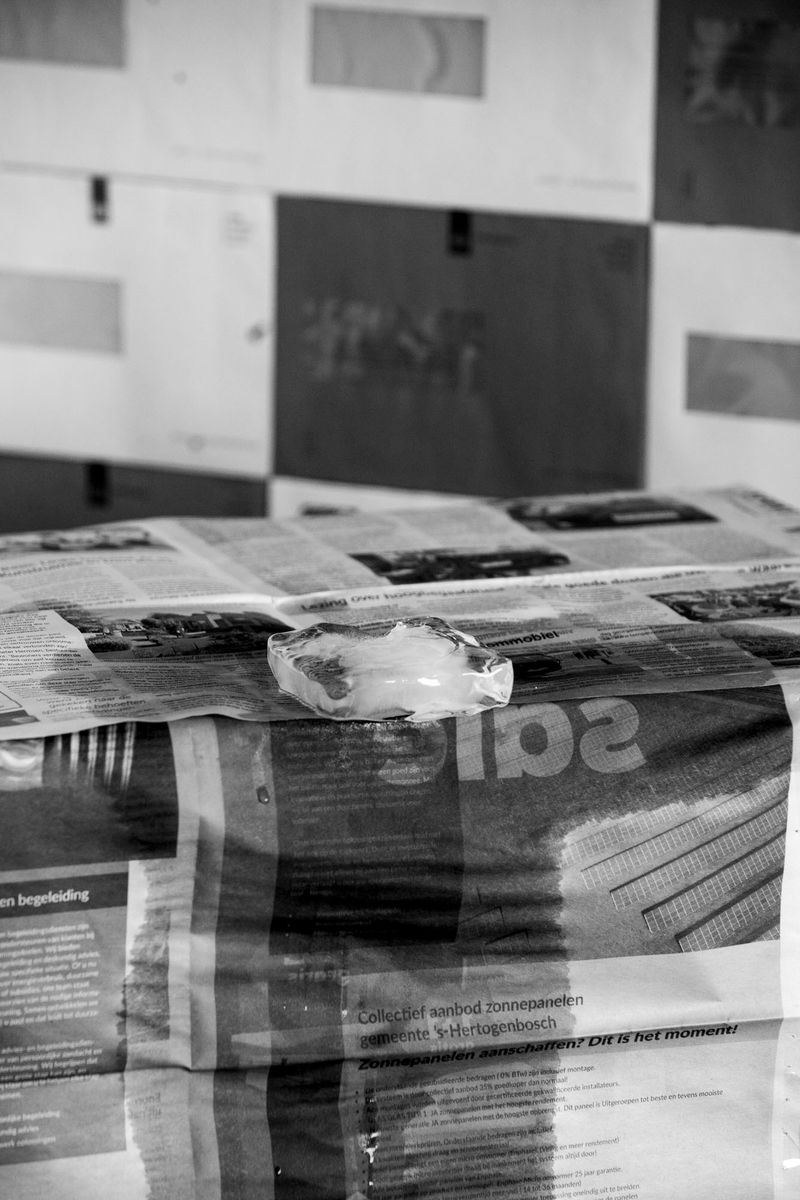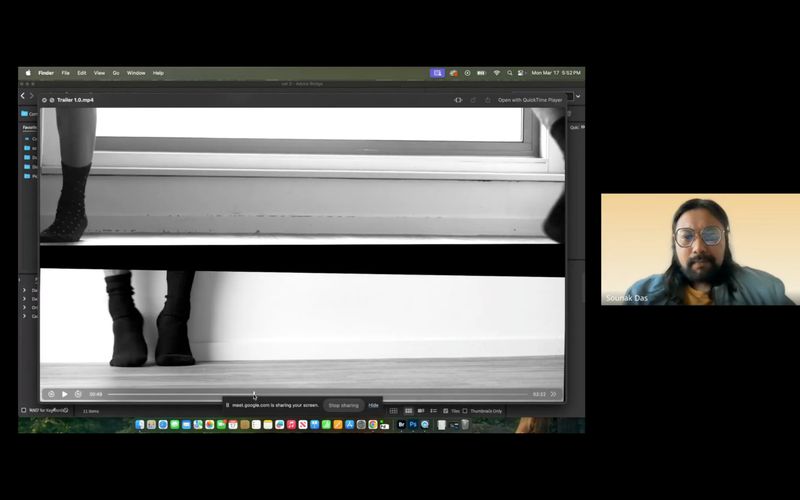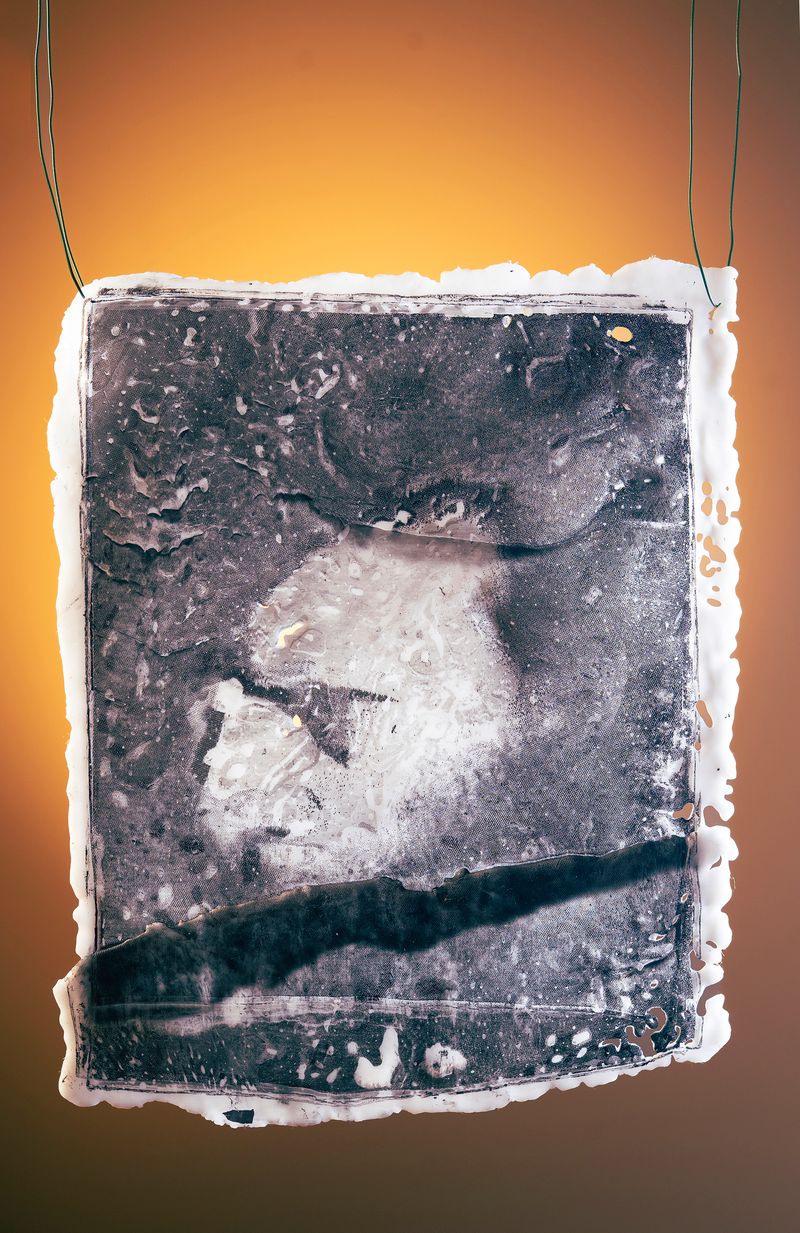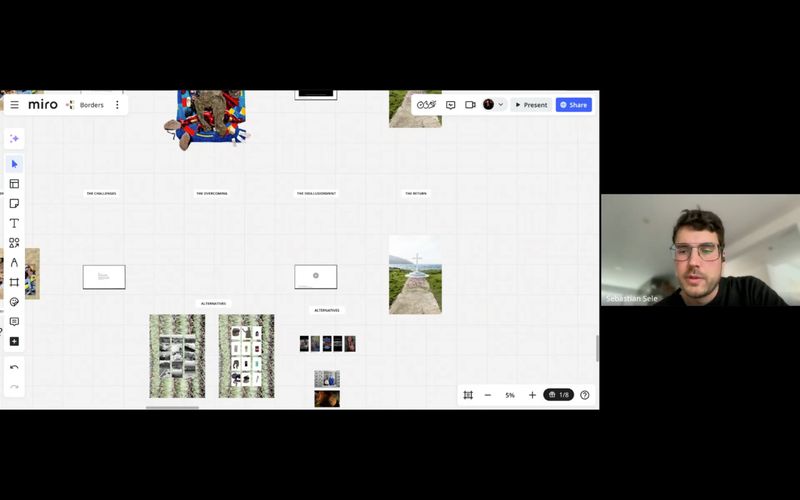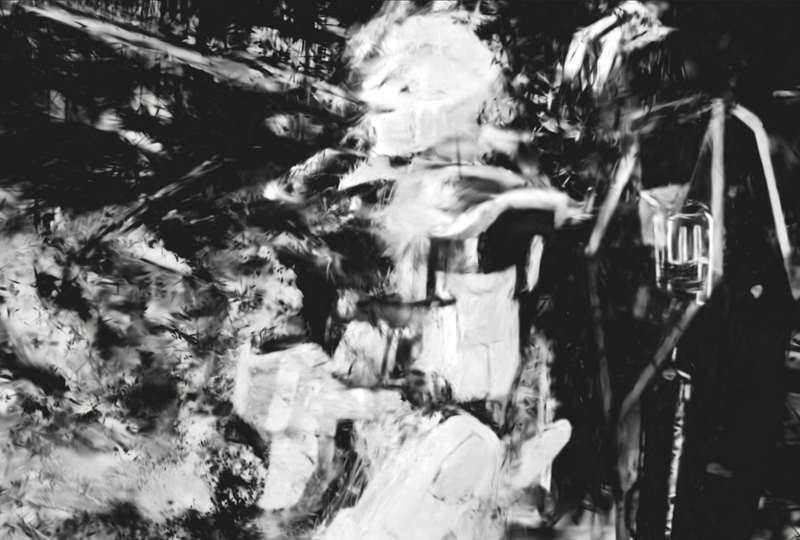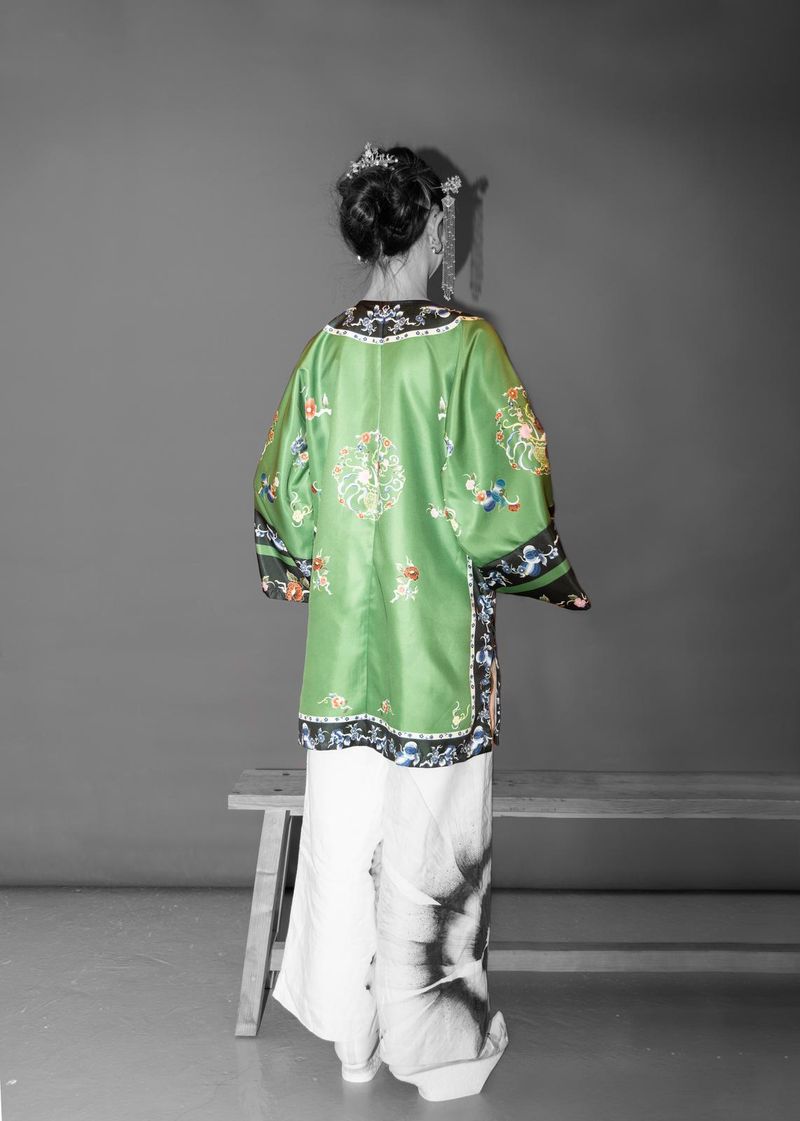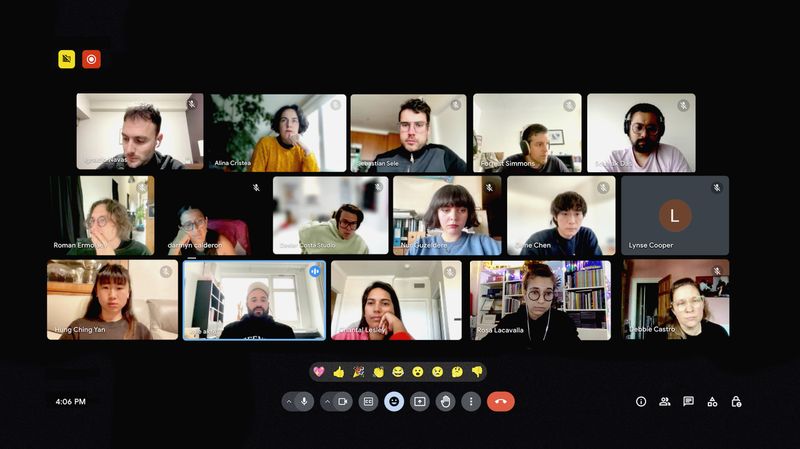MEDIAE 2024/25 Alumni's Experience with the Transmedia Storytelling Online Masterclass
-
Published19 May 2025
-
Author
As we welcome applications for the new edition, MEDIAE 2024/25 alumni share their insights on the program, which enabled the creation of layered narratives across multiple channels, languages and technologies.
Exploring the layered terrain of today's interconnected digital era, the MEDIAE Online Masterclass on Transmedia Storytelling provides participants with the necessary tools to experiment with different research, production, and dissemination strategies. The upcoming edition, running from October to May 2026, will be led by Switzerland-based artist, educator and curator Salvatore Vitale for the third time.
With enrollment open until 5 June, we touched base with Sounak Das, Alina Cristea, Darmyn Calderon, and Debbie Castro to discuss their experience spanning video essays, photography, performance, programming, and more.
You can learn more about their works by joining MEDIAE's year-end live presentation on Tuesday 27 May at 3pm CEST.
Could you detail a specific area of your work you concentrated on during the program, and how that focus shifted or developed? What media did you explore?
Sounak Das: During the program, I started a new research project associated with the keywords transition, structural violence, and enclosure. My focus has shifted from image making to understanding performativity in spaces, inspired by Gaston Bachelard’s The Poetics Of Space. It involved multimedia storytelling through personal documents, photos, video, performance, and visual programming.
Alina Cristea: I was working on a video essay and a house model as part of my long-term transmedia project, trying to connect the different media to tell a story.
Darmyn Calderon: When I started this program, I had a couple of ideas I wanted to pursue, but as I developed an understanding of what Transmedia is, these ideas changed. I spent quite a bit of time trying to figure out what narratives I wanted to tell and if they even worked under the same themed umbrella. Simplifying the process, I focused on one piece of work and put the rest to the side. I worked and completed a dance film for festival release, but also with an intention of creating a multi-channel projected experience in a space. This program has given me insight into ways of working with the film in various spaces and forms.
Debbie Castro: I had two ideas coming into this project. I had finished a piece of work on dementia and it had been exhibited, I realised through doing this MEDIAE course that it was not completed. I went back to my original work and developed it to make a deconstructed book rather than building on a new project.
What aspect of transmedia storytelling did you find the most challenging or surprising? Conversely, which aspect did you find most compelling?
Alina Cristea: My biggest revelation was at the beginning of the class, when I learned the theory about transmedia and realised I was already developing an organic transmedia project.
Sounak Das: The entire aspect of the program got me energized and it was my privilege to become part of it. Honestly, everything was compelling and surprising, which made me enthusiastic about all the sessions. I would like to keep the world challenging aside and replace it with stimulating.
Debbie Castro: I must say that I was new to the concept before coming onto this masterclass, but it blew my mind. I realised quickly that I work in this way of storytelling - using multiple platforms although I have not used multiple media channels, and that I can push this further in the future. The idea of creating a richer and more immersive experience and give audiences the opportunity to go as deep into the project as they personally can. The most compelling aspect for me so far is the user participation and the co-creation, so that it fosters a sense of ownership and builds community, which is something important for me in my work.
Darmyn Calderon: I think the simple understanding of what Transmedia can be was super compelling.
How do you believe participating in group sessions contributed to developing your project or ideas?
Darmyn Calderon: Group sessions always help develop individual projects but I found having One-On-One sessions with other participants helped a lot too.
Debbie Castro: Participating in group sessions kept me on track. It created accountability and motivated me to keep going forward, even though there were a lot of creative blocks personally I was meeting along the way. Other participants shared inspirational work or ideas they had, which I would never have seen or found.
Sounak Das: I believe in collective practice and am always curious to involve myself within conversations. I found myself actively supporting my peers, but it was unfortunate to find very limited comments and feedback on my project due to their absence.
Alina Cristea: It helped me get unstuck and explore existing ideas I had but never finished because the weight of the project had become too big, as well as the emotional aspect of working with autobiographical elements and family history.
What did you find most effective in Salvatore's teaching methodology and experience?
Sounak Das: Salvatore has a very energetic presence and is aware of the contemporary art scene, which is very inspiring and motivating. He divides his teaching methodology and theory between the roles of an educator, artist, and curator. In my experience, this is crucial in understanding the role of a profound media artist/entrepreneur.
Alina Cristea: The structure and using Miro in the creative process to create a nebula, and building your storyworld.
Darmyn Calderon: A variety of examples were provided, which gave me a well-rounded understanding of what Transmedia is and where we could take our project ideas. I enjoyed getting to know more about Salvatore’s work and his approach to getting his projects off the ground.
Debbie Castro: Salvatore is an encyclopedia, and he really thinks big. He has an enormous amount of experience. I feel ready now to tap into transmedia as it took me time to build on the concepts. I think through Salvatore’s teachings, I have unlearned and shifted my direction and his teaching will resonate with me for a long time.
Which Studio Visit particularly resonated with you, and why?
Alina Cristea: I was particularly inspired by the visits with Claudia Kussel and Anne-Marie Beckmann, and very intrigued by the one with Paolo Cirio. These are the ones that revealed a bigger framework for me about the inner workings of the art world, broader than someone’s practice. I also loved the diversity of guests, and it is an excellent idea and opportunity to organise the studio visits with everyone from the ongoing masterclasses.
Sounak Das: I would mention Fragmentin Collective and Paolo Cirio, both enchanted me. The playful attitude and letting go of control and letting the medium speak to you has been my takeaway. I have been floating on the question between material and medium, and both their presentations had an impact on me.
Darmyn Calderon: I was interested in all the Studio Visits I listened to because they all offered a perspective on creating and distributing work.
Debbie Castro: Amak Mahmoodian impressed me because of the depth and sensitivity with which she explores identity, memory, and absence - through her personal experience. Her work fuses photography with archival material, text, and Persian cultural references, and this creates emotionally resonant narratives that feel personal and also expansive. Her work on themes like exile, belonging, and the silence between generations tapped into me personally, but also universal human experience, which makes it quite powerful.
What was it like to have the opportunity to share this experience with artists based in different continents? Do you think this adds further value to online education?
Debbie Castro: Absolutely, it offered a rare chance to witness how culture, social, and political contexts shape artistic practices and also show us how similar we all are in the end. It encouraged deeper listening and growth on my side and reminds me that art is a global conversation and we are all going through similar experiences.
Alina Cristea: It was such an added value to meet artists I wouldn’t probably have had the chance to meet otherwise, precisely because of the location difference. I loved seeing everyone’s progress at each meeting and noticing the connections between our topics or life stories. It would’ve been great to have more exchanges, maybe outside the collective tutoring, but it seemed challenging to organise because of the busy schedules and various time zones.
Sounak Das: It was an amazing opportunity to engage with diverse creatives, photographers, artists, designers, and curators from all around the world. I think this adds value and solidarity for our future, providing us with a network to pursue our artistic career ahead.
Darmyn Calderon: Definitely, for me it’s super important to hear from artists in other locations, different from mine. I'm always interested in other perspectives and approaches. I find it enriches my understanding of the topic and also my practice.
What advice would you give to future participants to make the most of their experience in the program?
Sounak Das: My advice is always be active and have spontaneous conversations with peers, groups, and guests. Do not hesitate over any questions or comments. Learn from a collective environment and imagine it as a safe space.
Alina Cristea: I would say to come prepared and ask my questions during all the exchanges. But also remain open and curious about the others’ practices and your own.
Darmyn Calderon: Go deep into what narratives you want to tell and don’t be afraid of the technologies that can be used to tell these narratives.
Debbie Castro: Give yourself time. Set the time aside to attend the classes, One-On-One and group sessions, and have a goal in mind, but be ready to change. This is a space for exploration. Share your process honestly, even the messy parts, and you will get it back tenfold.
--------------
MEDIAE Online Masterclass On Transmedia Storytelling s part of PhMuseum's educational program, comprising five different masterclasses that will all share a single intake period running until 5 June, with classes beginning in October 2025. Each course is tailored to meet the needs of emerging photographers, artists, curators, and contemporary storytellers looking to bring their methods to the next level. Check out which program suits you best at phmuseum.com/education
--------------
Final deadline and participation fee
Before 5 June – If you apply by this date, you can join the program by paying the Regular Fee of €2,200. Since applications will be reviewed on a continuous basis, early submissions receive priority for seat allocation.
If you are offered a place, PhMuseum is happy to write you a supporting letter when you try to secure any external funding opportunities. In previous editions of our masterclasses program, the candidates' fees were covered thanks to the generous contribution of the IWMF Howard G. Buffett Fund for Women Journalists, Mondriaan Fonds, Arts Council Malta, and other programs. Read our guide to 2025 Education Funding for Visual Artists about opportunities that can help you secure funding.
